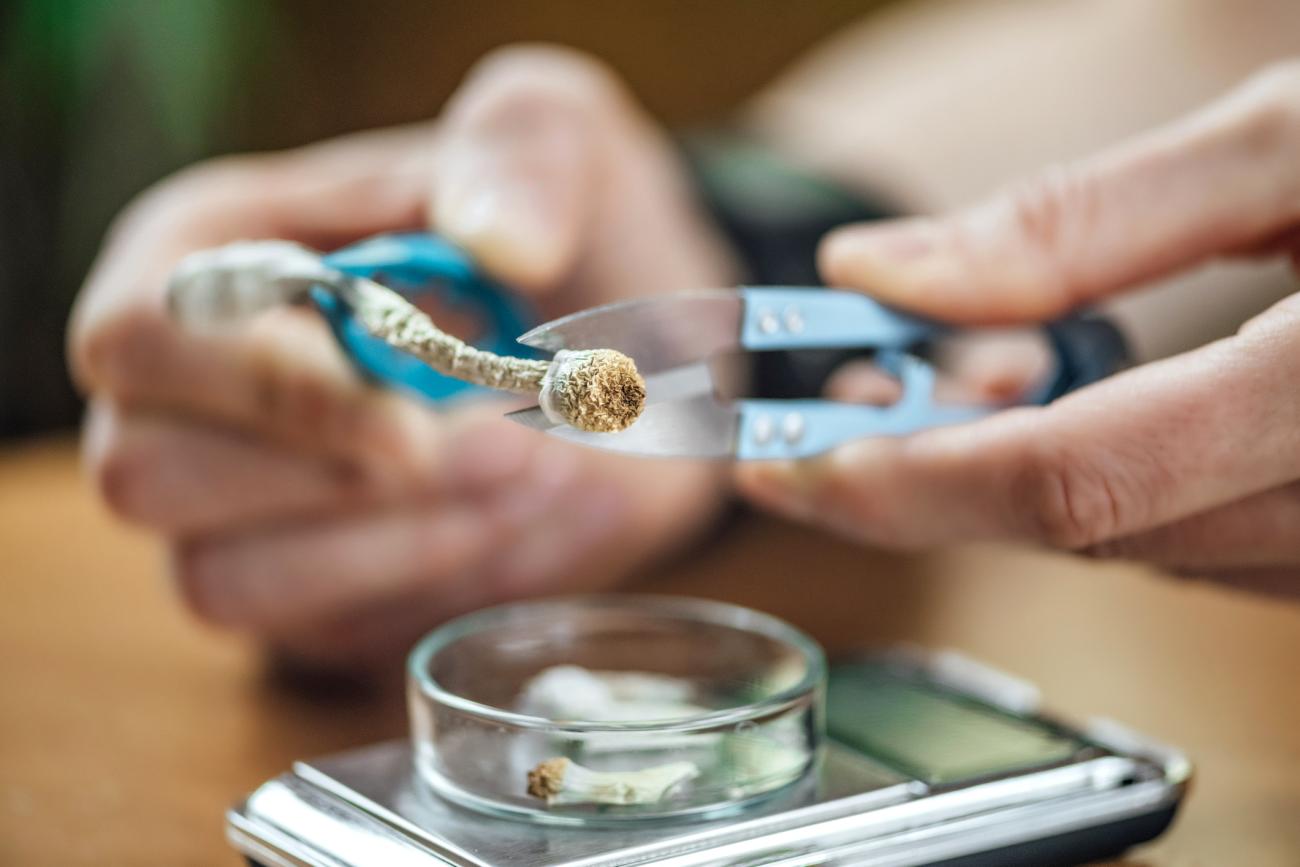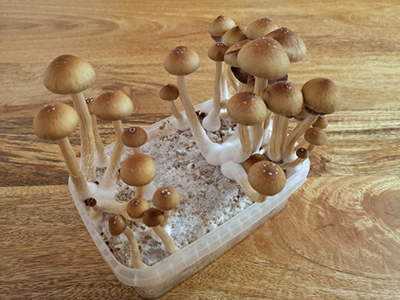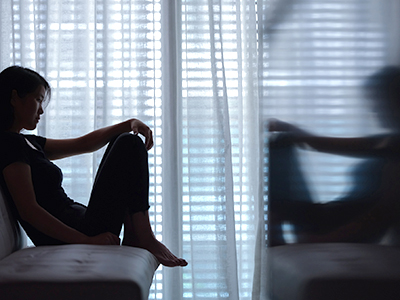
Surveyed individuals shared their motivations for using psilocybin and its effects on their mood and condition.
Research co-led by Vancouver Coastal Health Research Institute (VCHRI) researcher Dr. Emma Morton is the first to characterize psilocybin use and impacts among people with bipolar disorder (BD) — a brain condition that causes extreme mood swings and altered behaviour. Published in the Journal of Psychopharmacology, the findings from Morton’s research offer both a promising and cautionary tale of the potential therapeutic use of psychedelic mushrooms to treat BD.

There are two main types of BD. Type 1 is often characterized in manic episodes that may require hospitalization and involve exceptionally high energy, feelings of euphoria, risky behaviour, restlessness and difficulties concentrating and getting restful sleep. People with BD Type 2 experience periods of extreme depression that last at least two weeks, along with at least one less severe hypomanic episode.
Apart from these distinctions, people with both types of BD tend to experience depressive symptoms for around half of the year, says Morton.
About one in 100 Canadians over 14 years of age are living with BD. Medications and therapy can help many cope with the mood disorder; however, the effectiveness of these treatments can be limited.
The potential for magic mushrooms as a mood disorder treatment
Psilocybin — the hallucinogenic compound found in psychedelic fungi, aka magic mushrooms — has been tested as a potential treatment for other mood disorders, such as depression. The illicit drug can produce effects such as hallucinations and other altered states of consciousness that can last up to six hours.
Prior studies estimated that almost 10 per cent of Americans have used magic mushrooms at least once, and a recent survey found that over 63 per cent of respondents used psychedelic mushrooms for general mental health and well-being.
“People with bipolar disorder are accessing psilocybin in a non-prescribed manner. Research is needed to guide access in a harm-reductive way.”
Morton and her research collaborators examined experiences of wellness among 541 members of the general population surveyed about their uncontrolled use of psychedelic mushrooms. All respondents included in the study had self-reported BD; had at least one psychedelic experience or trip using psilocybin; and completed a survey to share their intentions, practices, experiences and adverse events, including any worsening of BD symptoms and hospitalizations following psilocybin use.
“While clinical remission of the symptoms of BD, or the absence of symptoms, is important, it is not necessarily the full story from the individual’s point of view.”
Respondents reported a variety of reasons for their psilocybin use, including helping their personal development or growth and escaping pain or discomfort. Over half of all respondents said their goal was to treat a mental health or substance use condition.

Negative or unwanted outcomes during or within two weeks after a psilocybin trip were reported by around 32 per cent of respondents, with new or increased manic symptoms identified as the most common side effect. Other side effects included difficulties falling or staying asleep and symptoms of anxiety and/or depression.
Around three per cent of respondents reported using emergency services — such as visiting an emergency department, psychiatric ward or general admission hospital ward — due mostly to new or increasing manic symptoms, delusional beliefs, anxiety, sleep difficulties, hallucinations and depressive symptoms.
Weighing the positives and negatives of hallucinogenic mushroom use for BD
Similar to antidepressant and antipsychotic medications, psilocybin is theorized to encourage the action of serotonin 5-HT2A receptors in the brain’s central nervous system, particularly in regions responsible for learning and cognition.

“Because psilocybin affects similar regions of the brain as antidepressants, there has been concern about its potential to also induce mania among patients.”
On average, respondents in Morton’s study gave their psilocybin trips a harmfulness rating of 1.6 out of five, with one being ‘not at all harmful’ and five being ‘extremely harmful’. Psilocybin was given a four out of five for helpfulness, and individuals who experienced side effects still, on average, said that they perceived psilocybin to be more helpful than harmful.
“Given that roughly one third of respondents reported adverse effects, there is a need to be cautious about the use of psychedelic mushrooms among people with BD,” says Morton. A potential future psilocybin treatment might need to be followed by a debriefing with a therapist to ensure safe and optimal outcomes, she adds.
“However, respondents also noted that it helped them work through symptomatic feelings associated with their BD, and some reported being able to better cope with the mood disorder — when not using psilocybin — as a result,” states Morton.
“Overall, I am hopeful that more research will be conducted on novel BD treatments, such as psilocybin, and that findings will help people understand the precautions needed when using such substances.”


